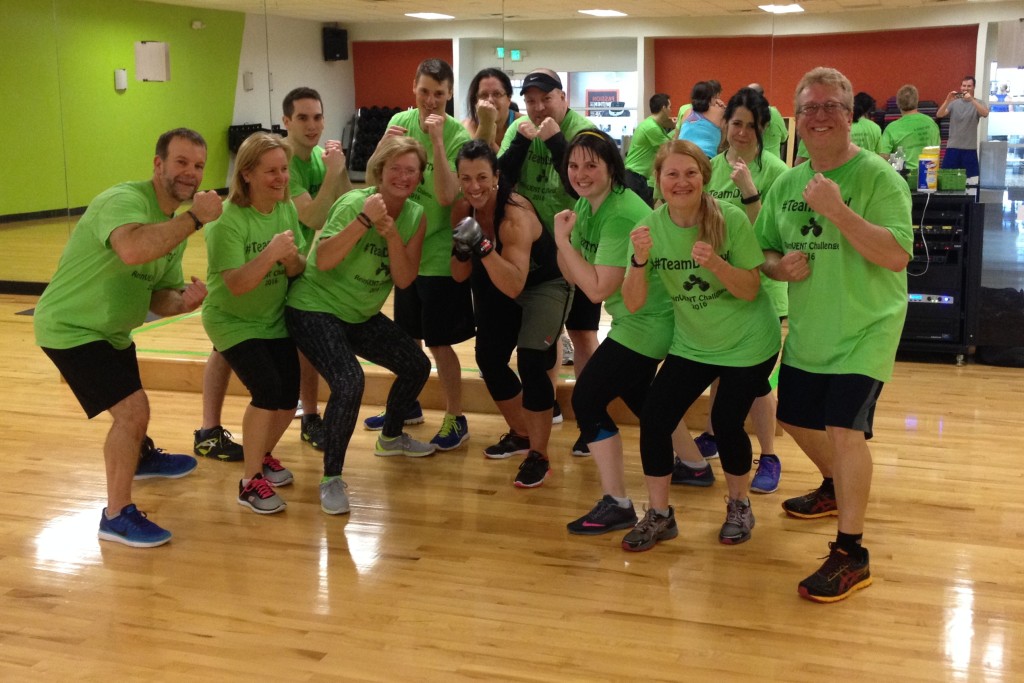What is normal life? I am not sure anyone could really answer that question, and if they could it would mean many different things to many different people. For seven years I suffered unimaginable pain, endured 7 leg surgeries, wore many leg casts and was completely dependent on crutches for my mobility. I could no longer imagine what normal life was. I lost my career, my active life, and it seemed like life just kept crumbing down around me. For years I said to my psychologist, “All I want is a normal life, one with normal problems. I’m not asking for perfect, just normal.” In reality, I had no idea what that would be. Perhaps the life I had before the injury? All I knew was that living in pain, unable to use a leg and living from surgery to surgery wasn’t living a “normal” life.
The seventh surgery was the amputation of my lower left leg. At that point I was no longer looking for a normal life, I was just looking for one without constant throbbing, mind-numbing pain. Besides, could I really ever have a normal life as an amputee? Would anyone really ever treat me normally? Would people always think I needed assistance? And my biggest fear, would people just feel sorry for me?
I am happy and proud to say that 17 months post leg amputation, I have achieved a normal life. Yes, of course I am an amputee. I am missing my lower left leg, I use a prosthetic leg and when not using the prosthetic leg I use crutches. Yes, I deal with donning a leg, cleaning prosthetic liners, adding/removing layers of prosthetic socks, skin irritations and prosthetic discomfort daily. And yes, every once in a while I think about how nice it must be to have two healthy legs, not needing a prosthetic or crutches to walk. Regardless, I have achieved a normal life.
The following are the things that have allowed me to achieve what I call a “normal” life.
First, I fully accept being an amputee. My stump has just become part of my body, while the prosthetic and crutches are the parts I attach to my body to give me mobility. I never hide my stump, I never hide my prosthetic, and I view my crutches as tools that help me, not symbols of disability. In fact, my crutches are my slippers. Just as you like to kick off your shoes after a long day and slip into comfy slippers. I like to kick off my shoe, kick off my leg and slip on to my crutches. Accepting being an amputee also requires being comfortable talking about it. I invite questions and conversation about being an amputee, and I constantly make jokes about it. The people who know me make jokes right back because they know it’s okay and I enjoy it. Fully accepting being an amputee takes being comfortable with your new body, being comfortable with having others see your stump and prosthetic, being willing to incorporate a back-up method of ambulation into your daily life, such as crutches, and having a willingness to openly discuss being an amputee with others.
 Second, I present myself as a confident and very capable person. Therefore, that is how people treat me. My fears of having people feel sorry for me and think I need assistance have not become a reality. They don’t think this because I give them no reason to. Whether I am using my prosthetic or my crutches, I present myself as a confident, capable person and that is how I am treated. Recently I had a conversation with a member at the gym where I work. We first met a year ago while I was taking an highly intensive exercise class. In the class I was not wearing my prosthetic, just hopping around one legged and conquering the moves better than the rest of the class. She said to me, “I never felt sorry for you, because you don’t give people any reason to.” Given this wonderful complement, how could I not feel I have achieved a normal life?
Second, I present myself as a confident and very capable person. Therefore, that is how people treat me. My fears of having people feel sorry for me and think I need assistance have not become a reality. They don’t think this because I give them no reason to. Whether I am using my prosthetic or my crutches, I present myself as a confident, capable person and that is how I am treated. Recently I had a conversation with a member at the gym where I work. We first met a year ago while I was taking an highly intensive exercise class. In the class I was not wearing my prosthetic, just hopping around one legged and conquering the moves better than the rest of the class. She said to me, “I never felt sorry for you, because you don’t give people any reason to.” Given this wonderful complement, how could I not feel I have achieved a normal life?
Third, I became determined to live my life without limitations. There really is nothing I don’t do. In fact, I do more than what most healthy two-legged people do. I ask and accept no further assistance than anyone else would have or need. I made myself completely capable and independent by learning to do things one legged, with crutches or with the prosthetic. This way I never find myself disabled. I immersed myself into physical fitness and sport. Through my fitness workouts I’ve gain incredible balance, strength and endurance. This has resulted in being a confident and very capable person who can lead a normal life.
Fourth, the thing that has most made me realize that I have truly achieved normal life is my new career. I work as a personal trainer at a very busy gym. I train people less than half my age with twice as many legs who aspire to do what I can. It is just mind-blowing! Each day I show up to work I am the only amputee there, however the only thing different between me any of the other trainers is basically “cosmetic” – my robotic leg. I work with trainers half my age and recently competed in a physical challenge with them. I didn’t win the challenge, but I didn’t finish last by any means. If the prosthesis is not seen, no one has any idea there is anything different about me. But I never cover it; I wear shorts every day and display being an amputee with pride. I do my job 100% with no accommodations, always present myself as a confident trainer, and there is no one in that gym – clients, supervisors or coworkers – that treats me one bit different or expects any less of me then they would anyone else. Yes, I am asked daily about how I lost my leg by clients and members, but that’s great as it shows I’m approachable and once again normal. I leap on 30” boxes, flip 175 lb. tires, perform 100 burpees in a row, all on one leg without my prosthesis. Wearing my prosthesis, I broad jump 7 to 8 ft, leap, skip and lunge forward, backward and laterally. While training clients and teaching classes, I tell one-legged jokes and often pull my leg off just to prove anything is possible. Yet, I walk through the gym, train clients and teach high-intensity metabolic classes, demonstrating each exercise, not giving being an amputee a thought with a feeling of complete normalcy.
So what do I consider “normal” life?
- When after 7 years of sitting on the couch watching my wife and kids decorate our 13ft Christmas tree, this past Christmas, I climbed up and down the ladder without thought.
When my wife and kids feel comfortable asking me to do all the normal husband and dad things - When I hop out of bed, grab my crutches and begin my day without giving missing a leg or how I will get through the day a thought. I don’t need to, as I know I will conquer anything that comes my way.
- When the words ‘grocery store’, ‘Target’ or ‘school open house’ no longer send me into panic. I just get in the car and go.
- When I am out in the world doing my business and I have no idea if people are staring at my leg or lack of leg, because it’s the farthest thing from my focus.
- When I realize I no longer plan and worry about how everyday household tasks will get done – I just do them.
- When my daily stresses are about not having enough time in the day to accomplish everything that needs to be done as opposed to not being able to accomplish them due to my leg.
- When I realize I am doing a very physically active job and doing it no differently than anyone else.
- When my wife says, “You’re the most able person I know.”
- When I’m waiting in a line for our take-out and the guy next to me looks like I did two years ago (clearly in pain, having difficulty bearing weight on his leg), and I realize no one in the line has any idea I have a fake leg under my pants.
Accomplishing a normal life, as a leg amputee, did not come by chance. I don’t have any magical superpowers or super expensive high-tech equipment. In fact, I don’t even have a running leg. It took the strong desire not to be a disabled husband/father, an immense amount of determination, the hardest work I have ever done and never allowing myself to feel anything other than 100% capable. It also doesn’t mean life is easy. Living without a limb is not easy; I have just accepted the challenges and don’t make them the focus of my life. Instead, I focus on living life to the fullest and without limitations.





